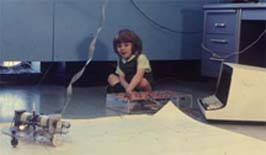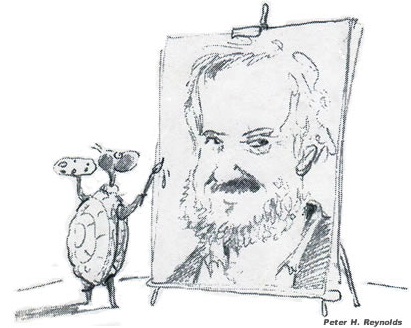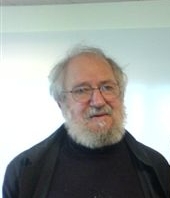

Thus Seymour Papert's real legacy lies not in what he did, but in the direction he set out for those who follow him: to pick up that original idea and run with it further and keep on doing so until its vision of humanity as fearless and enthusiastic learners, thinkers, questioners, and creators finally wins through.Īll it takes is a willingness to learn how to learn-and if 8-year-olds can do it, what's everyone else's excuse?Īlgorithmic thinking is fatally overrated. If his little group could get as far as it did with the utterly pitiful computing and communication resources they had back then, imagine what a small group of genuine successors might yet build with the unimaginable wealth of cheap powerul hardware and planet-spanning internet available now.

No doubt all the perfectly well-intentioned but also perfectly wrong idiots-the Scratch-ers, the "Learn to Code" movement, the RasPi-ers, etc.-will be falling over themselves to claim themselves the True Bearer's of Papert's legacy but honestly they're all so far from being Not Even Wrong they aren't even fit to lick the mud from zombie Papert's toes when returns to chomp their brains in disgust at all the rank garbage they've sold.Īnd yet, all of Papert's brilliant ideas are still there for the taking along with all his hard-won lessons of how not to turn them into a world-changing global success. That does not negate the vision itself, however instead it serves as a cautionary tale that it is not enough to conceive a truly revolutionary idea, but also build the tools and channels necessary to communicate that idea correctly and completely to other people, most of all the people comfortably ensconsed in the status quo who benefit least from such radically disruptive change (parents, teachers, school boards, education departments, politicians, etc.) but without whose buy-in and support that disruption will not get off the ground at all. And so his vision stumbled and fell at its first real hurdle. His followup to his truly brilliant Mindstorms was the embarrassing Children's Machine which is pretty much an embittered rant against the evils of School (capitalized as shown) much like Marx on capitalism he identifies its problems but fails to come up with a solution worth poop.

Thus they didn't understand what Papert was trying to do, so rejected it out of their own fear of disruption or just reinterpreted it to mean whatever they already knew, thus giving us modern "computing" education-which is better termed "Computer Religion" for all the Scientific or Mathematical thinking that it teaches.įunny enough, Papert himself failed to follow his own teaching: having botched his first attempt at deployment, he never seemed to ask himself what errors he had made and how to correct those and try again. Most adults didn't, because they were raised in a system where "learning" means the blind acquisition and rote regurgitation of Aristotlean "facts", and so learned precisely the opposite. The kids totally got this, of course, because kids can learn anything-in this case, how to love learning and how to learn for themselves.

Logo was a platform for students to learn and practise the structured thinking and analytical problem-solving skills that would enable them to explore and learn effectively by and for themselves thereafter. It was never about teaching kids how to code, it was about teaching kids how to teach themselves. Papert was a mathematician, galled by the failures of existing math education, who determined to make math easy and accessible to kids. The key thing that a lot of later things that attempted to replace Logo missed was that Logo was not a tool to teach programming, it was a tool to teach computer-aided thinking.


 0 kommentar(er)
0 kommentar(er)
